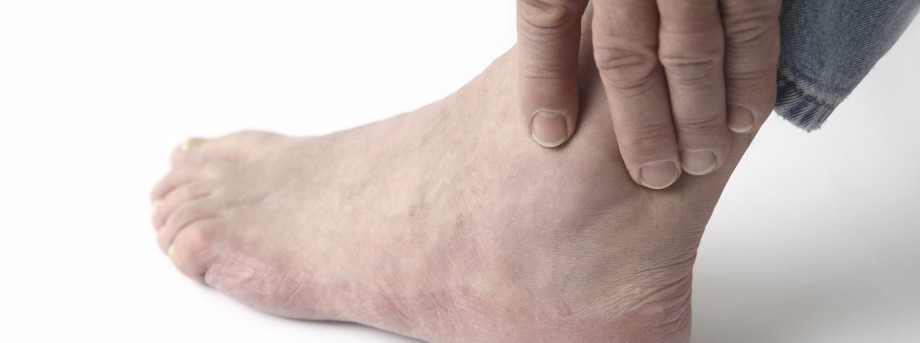The University of Nottingham
 Exchange online
Exchange online
Research Exchange
New evidence that ‘gout’ strongly runs in the family

It’s historically known as ‘the king of diseases and the disease of kings’ and was long thought to be caused by an overindulgent lifestyle, but now scientists at The University of Nottingham have confirmed that ‘gout’ strongly runs in families.
Researchers in the Division of Rheumatology, Orthopaedics and Dermatology studied the whole population of Taiwan (23 million) where gout is most prevalent in the world. The findings have just been published in the leading rheumatology journal, Annals of the Rheumatic Diseases.
By examining 4.2 million identifiable families, the scientists found compelling evidence that the disease clusters in families, with increased risks for people with first and second degree relatives suffering from gout.
Clusters within families
Gout is a kind of inflammatory arthritis, with sudden onset of acute pain, redness and swelling in peripheral joints, most commonly the joint in the big toe. It is caused by the deposition of monosodium urate crystals, which is related to high uric acid in the blood. The resulting acute arthritis and lumps around the joint cause disability due to pain and loss of joint function.
There is also increasing evidence that gout is not only a disease of joints but also is associated with major cardiovascular (heart attack, stroke) and renal diseases (kidney failure).
Previous studies had suggested that gout often clusters within families, which is indirect evidence for a role of genetic factors in causation. However, one recent classic twin study paradoxically found strong heritability for high uric acid but no evidence for heritability in gout.
Lead researcher on the project, Dr Chang Fu Kuo, said: “Our results confirm the clinical belief that gout strongly clusters within families. In Taiwan the risk of an individual with any first-degree relative suffering from gout is approximately twice that of the normal population.
“The risk increases with the number of the first-degree relatives affected. Having a twin brother with gout carries an 8-fold risk, whereas having a parent or offspring with gout has a 2-fold risk. The study also demonstrates that in addition to the genetic risk, shared environment factors play a substantial role in the aetiology of gout. The influences of environmental and genetic factors on the risk of gout are different in men and women. Genetic factors contribute one-third in men and one-fifth in women.”
Genetic and environmental factors
Prof Michael Doherty, Head of the Academic Rheumatology added: “We found evidence for both shared environmental factors and genetic factors in predisposing to gout within families, with environmental factors contributing a higher proportional risk. Both genetic and environmental factors play a role in gout pathogenesis. Having an affected family member increases the risk but part of the risk comes from modifiable shared environmental factors such as diet and lifestyle.”
The findings from this study open new questions for future research. In particular large-scale genetic profiling is needed to find susceptibility genes. Further epidemiology studies, including in other countries, to identify ‘shared environmental factors’ within families contributing to the risk of gout will be very helpful.
Familial aggregation of gout and relative genetic and environmental contributions: a nationwide population study in Taiwan by Chang-Fu Kuo, Matthew J Grainge, Lai-Chu See, Kuang-Hui Yu, Shue-Fen Luo, Ana M Valdes, Weiya Zhang, Michael Doherty.
Tags: Annals of Rheumatic Diseases, gout, inflammatory arthritis, Othopaedics and Dermatology, Rheumatology
Leave a Reply
Other

Top prize for quantum physicist
A University of Nottingham physicist has won a prestigious medal from the Institute of Physics for […]

Zero carbon HOUSE designed and built by students comes home
Design and construct a low cost, zero carbon, family starter home, transport it to Spain, build […]